On November 15-19, the 25th China Hi-Tech Fair was held in Shenzhen, themed by “Invigorate the power of innovation and upgrade the quality of development”. Our university selected and organized 16 teacher projects, 6 maker projects and 6 scientific research platforms to participate in the fair. The projects involved integrated circuit design, integrated circuit packaging photoresist materials, new energy, intelligent manufacturing, healthcare and other fields, fully demonstrating our ability to keep up with the forefront of industrial development, serve the source innovation of enterprises, and promote the transformation of scientific research results, the capability of scientific research and innovation, as well as the latest achievements of innovation and entrepreneurship education in the university.
In recent years, under the application-oriented research direction, SZPU has actively carried out the transformation of scientific and technological achievements with enterprises and third-party institutions, and made full use of the CHTF, the top exhibition of science and technology in China, to transform scientific and technological achievements, and built a professional and market-oriented transformation and trading mode of scientific and technological achievements that combines both online and offline.

SZPU’s booth was located at D28, Hall 1, Shenzhen Convention and Exhibition Center (Futian)
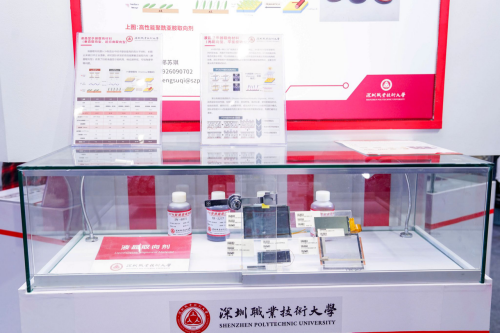
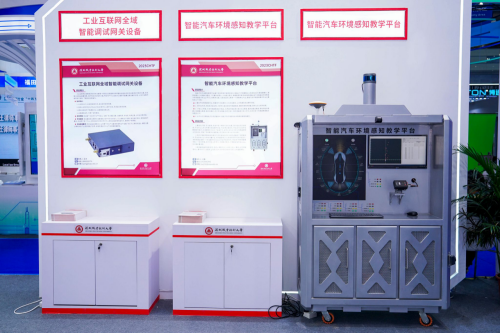
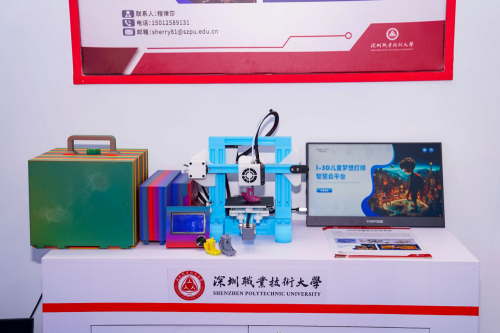
The projects involved integrated circuit design, integrated circuit packaging photoresist materials, new energy, intelligent manufacturing, healthcare and other fields
Smart nano drug carrier technology helps cancer patients in their treatment
At the exhibition site, the four projects of advanced semiconductor chip packaging photoresist materials, LCD liquid crystal materials, electroacoustic materials, brain tumor breaker - targeted anticancer agent attracted the attention of most visitors.
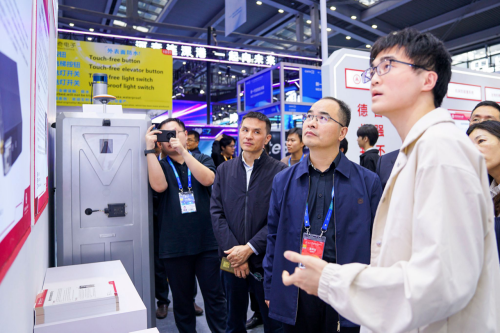
SZPU President Xu Jianling visited the booth for project details
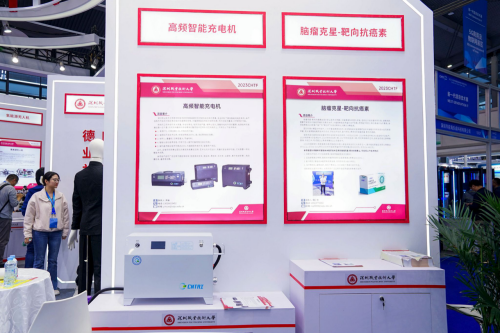
Brain tumor breaker - targeted anticancer agent project
“Brain tumor breaker - targeted anticancer agent, currently in the laboratory research stage, can achieve dual targeted therapy for brain glioma, greatly improve the therapeutic effect, with low drug side effects, and reduce the treatment cost of patients.” According to Associate Professor Nie Xiaozhong, who is in charge of the project, the project was developed by the scientific research team of the School of Food and Drug of SZPU, and won the gold medal in the final of the 6th Guangdong “Gao Chuang Cup” scientific and technological achievements transformation competition in 2023. “We apply the latest intelligent nano drug carrier technology to the brain tumor breaker - targeted anticancer agent, which can achieve good dual-targeting efficacy, high blood-brain barrier penetration rate, low side effects and reduced therapy cost. Through preliminary laboratory research, the new drug can be widely used in the treatment of brain glioma patients at various stages. At present, it has obtained in-depth cooperation from a number of famous enterprises such as Hepalink, CR Jiangzhong and Heshuntang.”
According to the data of the National Bureau of Statistics in 2022, cancer is one of the three major killers of life safety in China, among which the five-year mortality rate of brain glioma is as high as more than 95%. Global Data predicts that the market size of anti-brain glioma drugs will reach 60 billion yuan in 2030.
The market prospect of “SZPU Maker” project is broad
The fair also showcased six “SZPU Maker” projects with great market prospects. These projects mainly focus on robots and intelligent manufacturing products, all of which have independent intellectual property rights, keep up with market demand and have broad market prospects. Among them, the “Underwater Detection Robot” project solves the detection difficulty of the underwater part of the bridge through the independent design of an underwater mapper, “In the past, bridge authorities faced three problems of low efficiency, large error and high cost in carrying out underwater detection, and the hidden danger of bridge safety could not be effectively eradicated. The underwater sonar differential locator and the underwater 3D laser scanner, as two core products of our team’s independent research and development, can effectively solve this problem.” According to the project contact Fu Changqiu, in the Changzhou Bridge project, the team increased the effective detection rate of underwater bridge diseases from 75% to 98%, the original construction period was shortened by 60%, and the detection cost was reduced by 40%. At present, the team has set up Qiao Bang Zhu (Shenzhen) Technology Co., Ltd., with 1 core invention patent and 6 software copyrights, who has signed a 1.5 million project contract with Shenzhen Ronghui Technology Co., Ltd., and reached an investment intention of 2 million with Shenzhen Mangshugu Venture Capital Co., Ltd., “We are committed to carry forward the spirit of great craftsmen, becoming the top bridge examination expert in China”.
This year, six scientific and technological research platforms, including the Hoffmann Institute of Advanced Materials, the Institute of Intelligent Science and Engineering, the Institute of Intelligent Manufacturing Technology, the Institute of IC Materials, the Institute of Artificial Intelligence Application Technology in Guangdong-Hong Kong-Macau Greater Bay Area, and the Institute of New Energy Vehicle Technology, were also unveiled to boost the industrial upgrading.
The person in charge of the Office of Scientific Research said that SZPU will continued to deepen the reform of the scientific research system and mechanism, vigorously strengthen the cooperation with government functional departments and industry enterprises, take the initiative to find a position in the chain for the technicalization of science and the industrialization of technology, and set up a number of high-level applied technology innovation research institutes and public technical service platforms. At present, the university has built 13 high-level applied technology research institutes, and has built high-level public technical service platforms such as Shenzhen automotive electronic product testing and identification, digital creativity, biochemical analysis and testing, software quality and system safety testing, to provide testing, research & development and other public services for small, medium-sized and micro enterprises.
(Source: Office of Scientific Research; Image: Publicity Department)
 School Motto:
School Motto:
 Search
Search
 School Motto:
School Motto:
 Search
Search